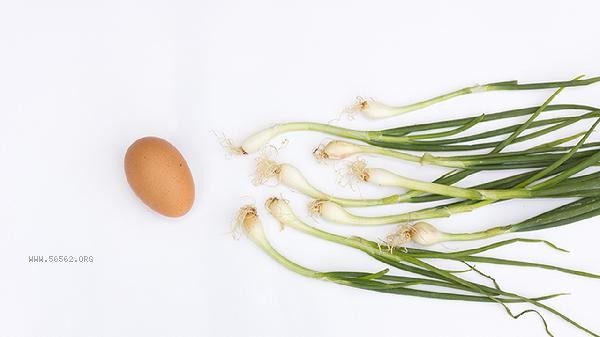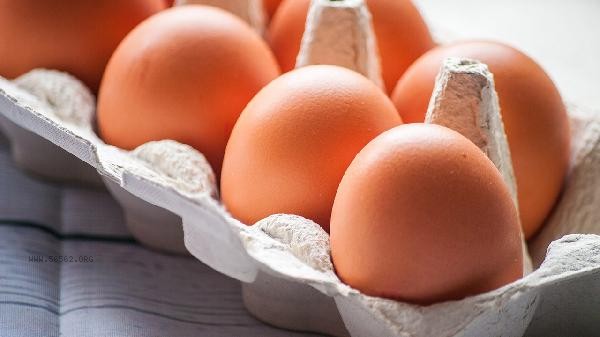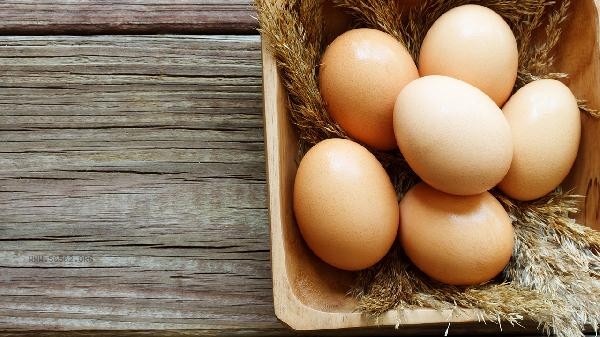The key to keeping the beaten eggs in the pot is to control the oil temperature, the selection of cookware, and the operating techniques. There are mainly methods such as preheating the cookware, adjusting the oil level appropriately, stirring the egg mixture, adjusting the height and heat of the pot.

1. Preheating of cookware
Flat bottomed pans should be preheated with medium heat in advance to the point where water droplets form beads. Cast iron pans or coated non stick pans have better results. Putting eggs in a cold pot can easily cause the protein to stick to the bottom and break. Preheating can create a uniform heat field, allowing the egg mixture to quickly solidify and form. electromagnetic stove users can adjust the preheating to 180 degrees, and the gas stove maintains the flame not exceeding the edge of the pot bottom.
2. Moderate oil content
Pour about 5 milliliters of edible oil to form a thin oil film. The best choice is peanut oil with a high smoke point. Too little oil can cause sticking to the pot, while too much can cause the egg mixture to float and disperse. You can evenly apply kitchen paper to the bottom of the pot, and when you observe slight ripples in the oil, it is the appropriate temperature for cooking.
3. Egg mixture stirring
Adding a little salt or a few drops of white vinegar when breaking the egg mixture can change the protein structure and enhance cohesion. Use chopsticks to stir in a zigzag shape for 30 seconds until fine bubbles appear. Excessive stirring can mix in too much air, causing it to become fluffy and fragile. If making poached eggs, do not excessively break them up and keep the yolk intact.

4. Pot height
Slowly pour the bowl 15 centimeters close to the surface of the pot, as the height difference can cause the egg mixture to splash and deform. Suggest pouring along the edge of the pot to form a circle, with no more than two eggs per serving. Using a spoon to assist can accurately control the landing point, and gently separate the eggs with chopsticks when they collide.
5. Heat adjustment
Immediately turn down the heat after entering the pot, cover and simmer for 10 seconds when the protein edge turns white. Observe that the surface is basically solidified before flipping over, and maintain the temperature inside the pot between 70-80 degrees throughout the process. Boiling soft boiled eggs requires pouring a small amount of hot water on the surface of the egg yolk to accelerate the solidification of the upper layer. Fully cooked eggs can be steamed with water halfway through.

Choosing fresh refrigerated eggs is easier to maintain shape, and egg whites stored for more than a week will decrease in stickiness. Half an hour before frying, restore the eggs to room temperature. Excessive temperature difference can cause protein shrinkage and cracking. Cooperating with a wooden spatula to flip can reduce mechanical damage, and turning off the residual heat before starting the pot can improve its integrity. Pay attention to the maintenance of cookware in daily life to avoid scratching the coating. Regularly boiling with lard can enhance the anti sticking effect.








Comments (0)
Leave a Comment
No comments yet
Be the first to share your thoughts!